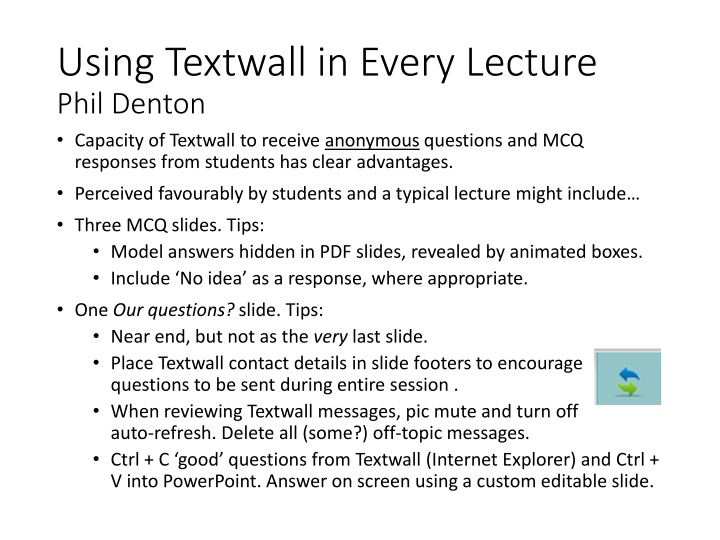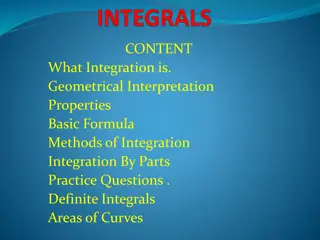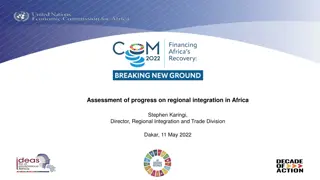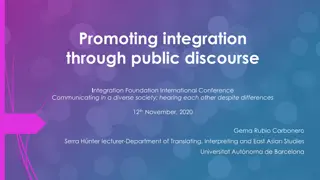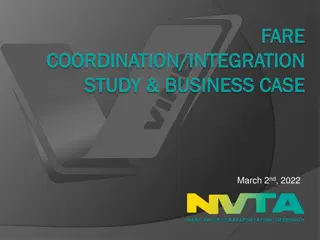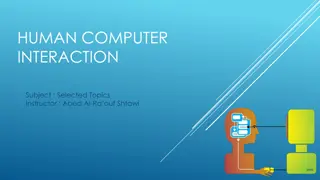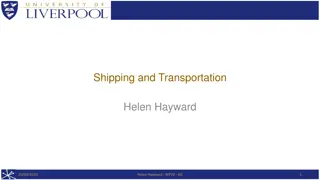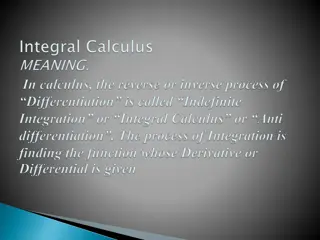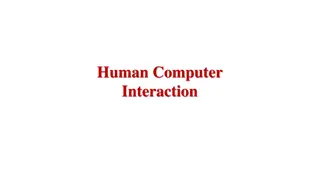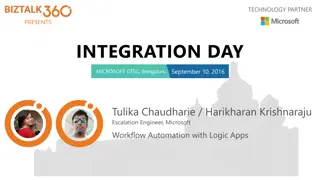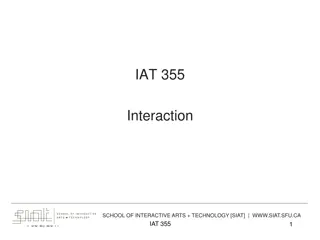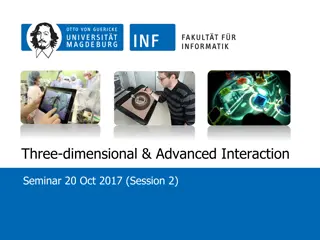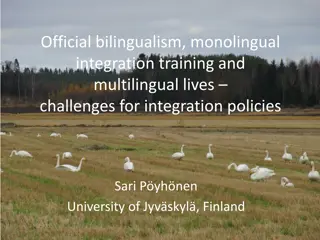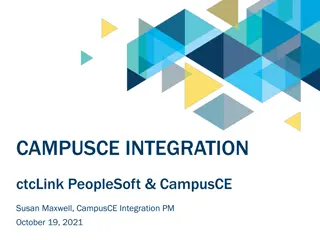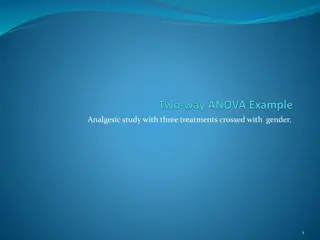Enhancing Lecture Interaction with Textwall Integration
This instructional guide outlines the utilization of Textwall in lectures, focusing on facilitating anonymous student questions and MCQ responses. It covers the advantages of incorporating Textwall, including student engagement and interactive learning experiences. Tips on managing Textwall messages, incorporating model answers, and encouraging student participation are provided. Additionally, it explores practical strategies for optimizing the use of Textwall during lectures.
Download Presentation

Please find below an Image/Link to download the presentation.
The content on the website is provided AS IS for your information and personal use only. It may not be sold, licensed, or shared on other websites without obtaining consent from the author.If you encounter any issues during the download, it is possible that the publisher has removed the file from their server.
You are allowed to download the files provided on this website for personal or commercial use, subject to the condition that they are used lawfully. All files are the property of their respective owners.
The content on the website is provided AS IS for your information and personal use only. It may not be sold, licensed, or shared on other websites without obtaining consent from the author.
E N D
Presentation Transcript
Using Textwall in Every Lecture Phil Denton Capacity of Textwall to receive anonymous questions and MCQ responses from students has clear advantages. Perceived favourably by students and a typical lecture might include Three MCQ slides. Tips: Model answers hidden in PDF slides, revealed by animated boxes. Include No idea as a response, where appropriate. One Our questions? slide. Tips: Near end, but not as the very last slide. Place Textwall contact details in slide footers to encourage questions to be sent during entire session . When reviewing Textwall messages, pic mute and turn off auto-refresh. Delete all (some?) off-topic messages. Ctrl + C good questions from Textwall (Internet Explorer) and Ctrl + V into PowerPoint. Answer on screen using a custom editable slide.
A sample of ice is exposed to an external source of heat. Ice changing to water at a constant temperature of 0oC is an example of what type of process? a) Endothermic b) Exothermic c) Neither endo- nor exo- thermic d) Both endo- and exo-thermic e) No idea a) because the ice absorbs heat. Here, absorbed energy weakens forces between particles instead of raising the temperature. Code = ljpxd Tel = 02071 838329 Web = www.textwall.co.uk/post 2
Our questions _____________________ _____________________ _____________________ _____________________ _____________________ _____________________ Code = ljpxd Tel = 02071 838329 Web = www.textwall.co.uk/post 3
Textwall What would you consider to be 1. the potential advantages of this system? 2. the potential disadvantages of this system?
